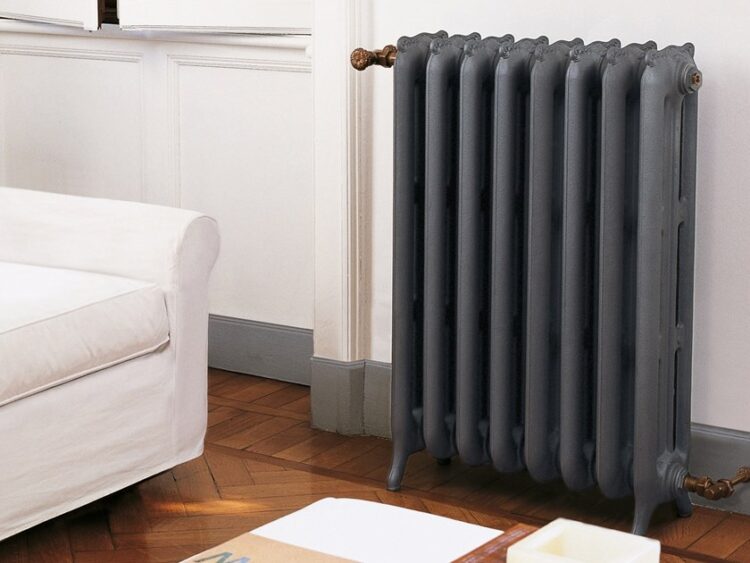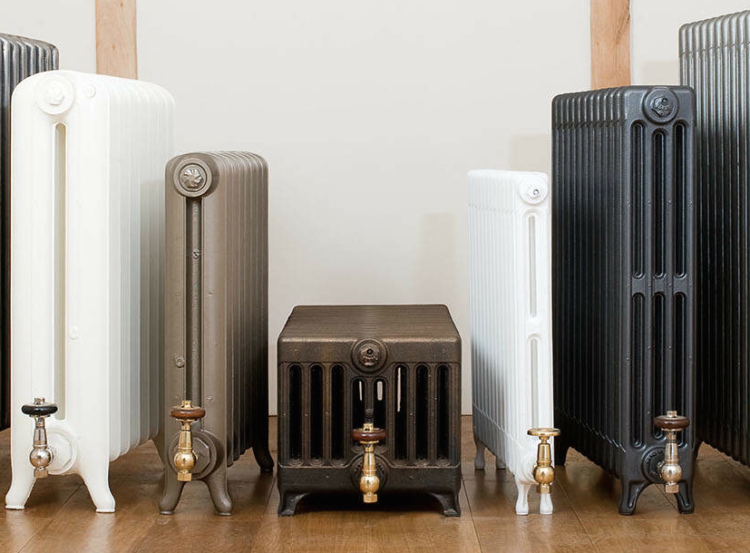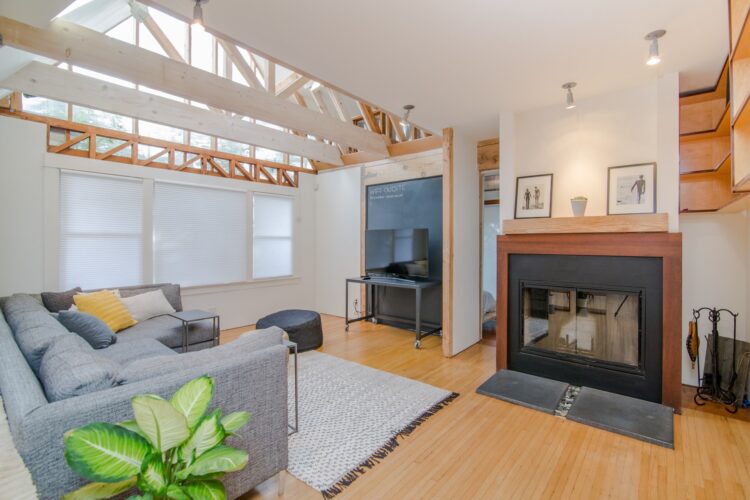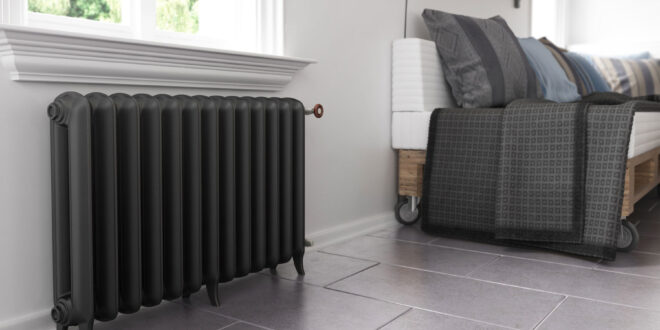A hard-working cast iron radiator in a home is a good thing. People tend to shy away from buying cast iron, as they don’t know what to look out for and whether it is the best thing to have in their homes (spoiler alert: I think it is).
If you’ve been shopping around on line for a new radiator, and think cast iron might be the best idea, here are seven things you need to know before buying one.
1. Thermal density

People tend to avoid things described as being dense. You wouldn’t like it if someone walked into your living room and said “oh, this feels quite dense”, but this is exactly what you want from a good cast iron radiator.
Thermal density refers to the healing properties a material can possess. When looking at cast iron, you have a material which takes longer to heat up than steel but will hold that heat for longer. If you were someone who wanted to have rooms come up to temperature and remain that way for a while after heating knocks off, cast iron is your best bet.
2. Avoid anything advertised as “Cast Iron Plated”
If you’re shopping for a cast iron radiator, and the product mentions anything like iron plating, or being painted like cast iron, avoid at all costs. It is common for metals and materials to be referred to as colours for radiators (silver, bronze, chrome, etc.) but cast iron should always solely be a reference to the material used in constructing the radiator.
Watch out in case a radiator is described as having “cast iron colour” as that simply isn’t a thing. That doesn’t mean you can’t get the thing painted any colour of the rainbow. Painting cast iron radiators in bold colours is quite trendy right now. Just look at some of the products at traderadiators.com to get an idea of what I mean.
3 . Cast Iron is heavy

It goes without saying, but cast iron is much heavier than other materials (steel/aluminium) which are used in most modern radiators. It is really important you know this before buying one, as it can affect how you install a cast iron in any room. You might currently have a stainless steel panel radiator on your way. Even when heating is on, and it is full of water, it is still quite light. Touching back on what I said about density, cast iron is a much heavier material.
You need to make sure that if you are putting a cast iron radiator on a wall that it will be supported. The last thing you want is a radiator screwed in place, only to buckle and come off the wall, pulling plaster or brickwork with it in the process.
Check that your wall has the tensile strength for a cast iron radiator. And to be on the safe side, you should get radiator feet to go under the radiator.
4. They never really go out of style
I don’t like steampunk things, yet you could easily say that cast iron radiators are the most steampunk looking items you can have in a home. So why do I like them so much? I think they can’t go out of style, no matter how hard you try.
Cast iron is seen as hard-working and reliable; two features you wouldn’t associate with most furniture. You could completely renovate your living room with the latest furniture trends, and no one would bat an eyelid or say a cast iron radiator looked out of place. I can’t say it will add value to a property, but the timeless look of this radiator will help make a room feel more appealing.
5. Cast iron is easier to maintain

The lifespan of radiators is a curious thing. For anyone reading this in a home full of panel radiators, walk over to the nearest one and look down the back. Notice all that dust and fluff stuck back there you can’t quite reach down to get? Well, with cast iron radiators, you can get in there and clean all too easily. I liken it to flossing your teeth, i.e. you wouldn’t be able to do it with a mouthguard in place.
I strongly advise that anyone with cast iron radiators takes the time to clean the radiator and give it a quick wash from time to time. You don’t even need some special cleaner and polish. As long as you keep it dust-free and use a damp cloth on each section, your radiator will remain as good as can be on the outside for years to come. And for anyone who needs to do a full clean around the house soon, read this recent article on home cleaning tips for 2024.
6. They are typically narrower
Why would buying a narrow radiator be a good thing? Not only will it help if you have one radiator at home which people always seem to bump into, but it will let more airflow through freely. Panel radiators are trying to cover a large surface area as they pull air through the back. Cast iron radiators take on all comers, allowing air to move from the front or back before rising up. It is a weird instance of narrowness, allowing for greater airflow. If you have a cast iron radiator with a high number of sections, you would expect the room to have improved heat circulation; just make sure you avoid covering up the radiator’s top or front.
7. They might require some assembly
Remember what I said about cast iron being heavy? Well, suppose you are getting a large cast iron radiator delivered to your home. In that case, you should know that it could arrive on 2 or 3 different pallets, before having to assemble it yourself. It might sound a little daunting, but it is honestly easier than assembling flat-pack furniture. But why is it that your lovely new cast iron radiator would come in pieces?
It generally comes down to size and weight conditions from delivery firms. Do you know how sometimes you will order something tiny from Amazon and it arrives in a big box? That will be due to where you are, and the limits couriers have on items based on size and material, i.e. it is safer for a delivery driver to load a heavy radiator on to a truck when it is sectioned, rather than break their back trying to lug around a whole unit. Any reputable store will let you know in advance if their cast iron radiators will arrive like this, so there are no nasty surprises.
There you have it. Seven aspects of cast iron you never knew to look out for. If you’re making any changes at home, be that redecorating or buying new furniture, get some advice by visiting the House section of the site.
 Hi Boox Popular Magazine 2024
Hi Boox Popular Magazine 2024



